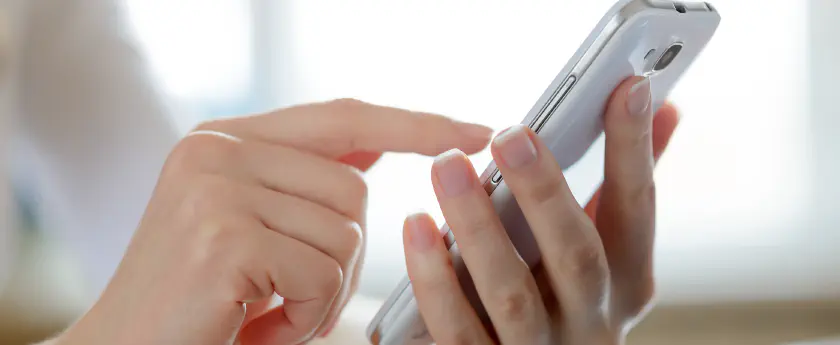When It Comes to Surveys, Hold the Phone
Surveys come in all shapes, styles, and sizes, and one of the most important factors in conducting a survey is selecting the survey deployment methodology. The telephone survey has been used for decades, but some of its shortcomings opened the door for other forms of collecting information.
When a news network wants to gauge the president’s latest approval rating or a politician wants to check in on their poll numbers, they usually turn to the same device – the telephone.
The telephone survey has become a staple of the American political scene and is generally considered the go-to technique when answers and opinions are needed in a hurry.
The telephone survey also appeals to various other organizations that require health, social science, or marketing research data because it gives respondents a measure of privacy.
But the biggest reason the phone survey is used more than other methods to gauge the attitudes, opinions, and beliefs of large general populations is because nearly everyone in developed countries has a phone. With 96 percent of the homes in the United States equipped with a telephone, using this methodology can be the most practical when a quick sample of the general population is needed.
“Though it varies greatly with the population surveyed, usually phone surveys get a higher response rate than online surveys,” said Dr. Floyd J. Fowler, Senior Research Fellow at the University of Massachusetts.
Fowler – author of several books on survey methodology, including “Improving Survey Questions: Design and Evaluation” – says that telephone surveys do have their drawbacks. Survey questions included on the telephone survey must be simple and concise, since respondents are unable to read the questions and have no access to visual aids.
“And, response rates for telephone surveys have been really dropping in the past few years,” Fowler said. “Sometimes, but not always, this produces samples that do not accurately represent the population being surveyed.”
The sales cold call can trip up the phone survey that’s done strictly for research. The research survey call is often placed at the same hours – 6 p.m. to 9 p.m. – as the sales cold call, which results in respondents either screening calls or not trusting the interviewer.
Phone surveys are also limited to a particular time base. A survey that goes beyond 5-10 minutes will have a high drop out rate, which can leave the research firm with an incomplete and often unusable data sample. Another disadvantage of the phone survey is cost, which can be prohibitive when compared to deploying an online survey.
Online surveys, on the other hand, have gained a foothold in popularity because they are cost efficient and reliable. Also, the speed of deployment of online surveys rivals the telephone survey.
Other than the telephone and online survey, alternate deployment methodologies include paper surveys and the personal in-person survey. But the in-person survey has two major obstacles – it’s time-consuming and extremely costly.
Technology aside, one of the phone survey’s biggest advantages is having a human voice attached to it. Since an actual person administers the survey, questions and guidance for respondents can be addressed, whereas online and paper surveys leave the respondent on their own.
“At the moment, telephone surveys are the most accepted way of collecting survey data about a large general population, such as residents of the United States,” Fowler said.
Jan West, Ph.D.
Organizational Psychologist
National Business Research Institute




























 By submitting this form you agree to our
By submitting this form you agree to our